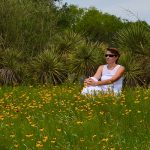This one category of plants sails through sizzling heat with ease. It’s no wonder these fragrant floras are celebrated annually!
If you were in San Antonio through summer this year, congratulations: you survived our hottest summer on record — and the fifth-driest. Between the heat and absence of rain, gardeners have had two very rough summers in a row.
But one category of plants seemed to sail through the extreme heat almost without a struggle: herbs.
It’s no wonder these fragrant florae are celebrated annually at the Herb Market! Come out to the Pearl Brewery on Saturday, Oct. 21 to join the festivities surrounding the 2023 herb of the year: ginger.
There are many different herbs that thrive through brutal Texas summers. And many are easy to grow. That said, they do have a few requirements.
- Herbs need well-drained soil. Many herbs will easily rot in soggy soil. Water when the top two inches of soil feels dry, but don’t wait until they begin to wilt. That’s stressful to a plant.
- Good soil is a must for every plant to thrive. Before planting, add a little compost and make sure it’s not too compacted.
- Give them room to grow. Sage, mint, oregano, and rosemary need space to sprawl. Plant them in large pots. Parsley, chives, and cilantro can get by in relatively small spaces.
Some important don’ts to be aware of:
- Don’t over-fertilize. This can lead to bigger plants but less essential oil. If fading occurs, provide an organic liquid fertilizer or half-strength fish emulsion.
- Don’t let herbs go to seed. Trim off any budding flowers as flowering indicates the plant is at the end of its life cycle. Also, herbs can become less flavorful at this point.
In addition to being great to cook with, many herbs are star pollinator plants too. This first group does best with plenty of morning sun and some protection in the afternoon.
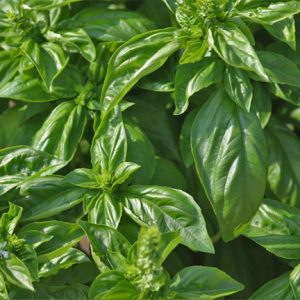 Basil – The aroma adds magic to any outdoor space in summertime. |
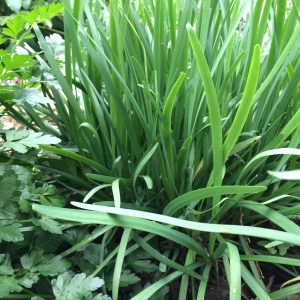 Chives – The smallest member of the onion family with tasty, edible leaves. |
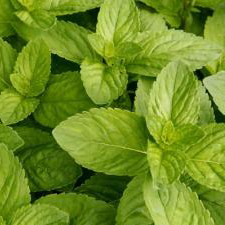 Mint – Here in scorching-hot Texas, mint does much better with about a half-day of shade. |
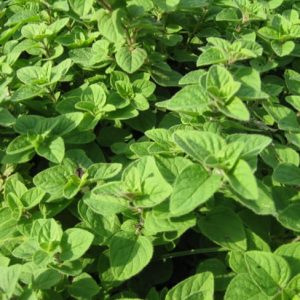 Oregano – Tends to retain its foliage in winter and can be a pleasant spreading groundcover. |
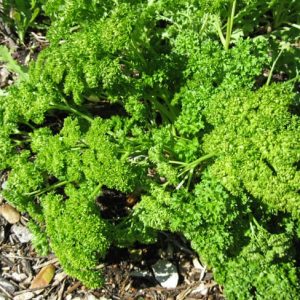 Parsley – Fairly short-lived, replace it periodically. Totally worth it for the swallowtail butterflies. |
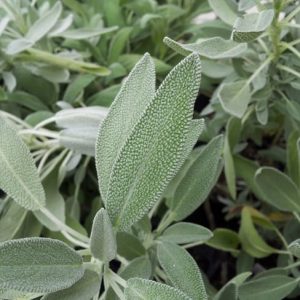 Sage – Another short-lived fragrant evergreen perennial, best treated as an annual in San Antonio. |
 Mexican mint marigold – Cool flavor of the leaves is distinctive and described as anise or licorice. |
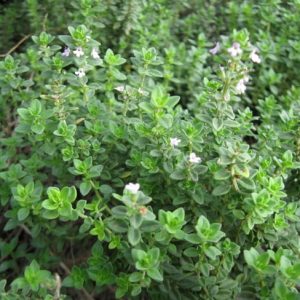 Thyme – Can also function as an informal ground cover among stepping-stones or rock gardens. |
This next group prefers at least six to eight hours of direct sunlight per day. Hot sun helps the plants produce essential oils that provides their distinctive flavors and pleasing aromas.
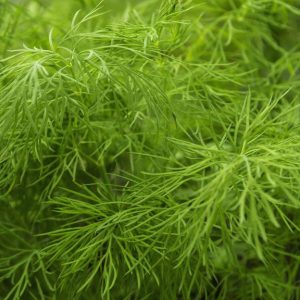 Dill – Brings good luck in the kitchen, and swallowtail butterflies and caterpillars to the garden. |
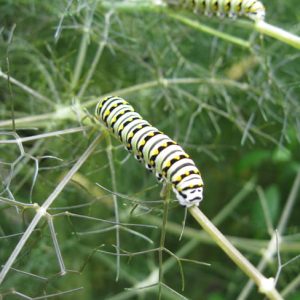 Fennel – A favorite of butterflies, caterpillars, and pollinators. |
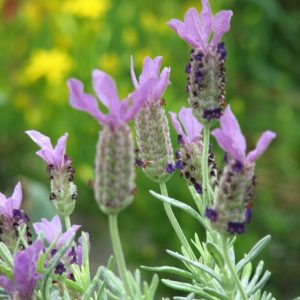 Lavender – Spanish variety has big, rabbit-eared flowerheads that attract bees and butterflies. |
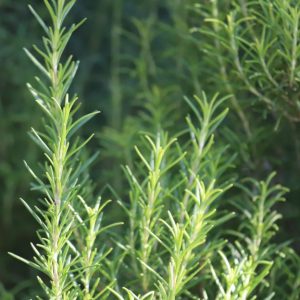 Rosemary and trailing rosemary – A terrific, aromatic perennial; can be grown as a ground cover. |
One of my favorite herbs gets its own category: Cool season herb.
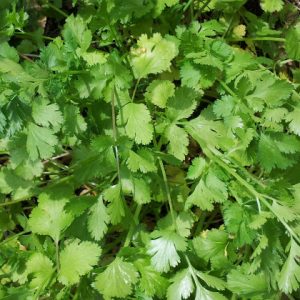 Cilantro – A short-lived, cool weather annual herb. Plant in November for spring harvest. |



